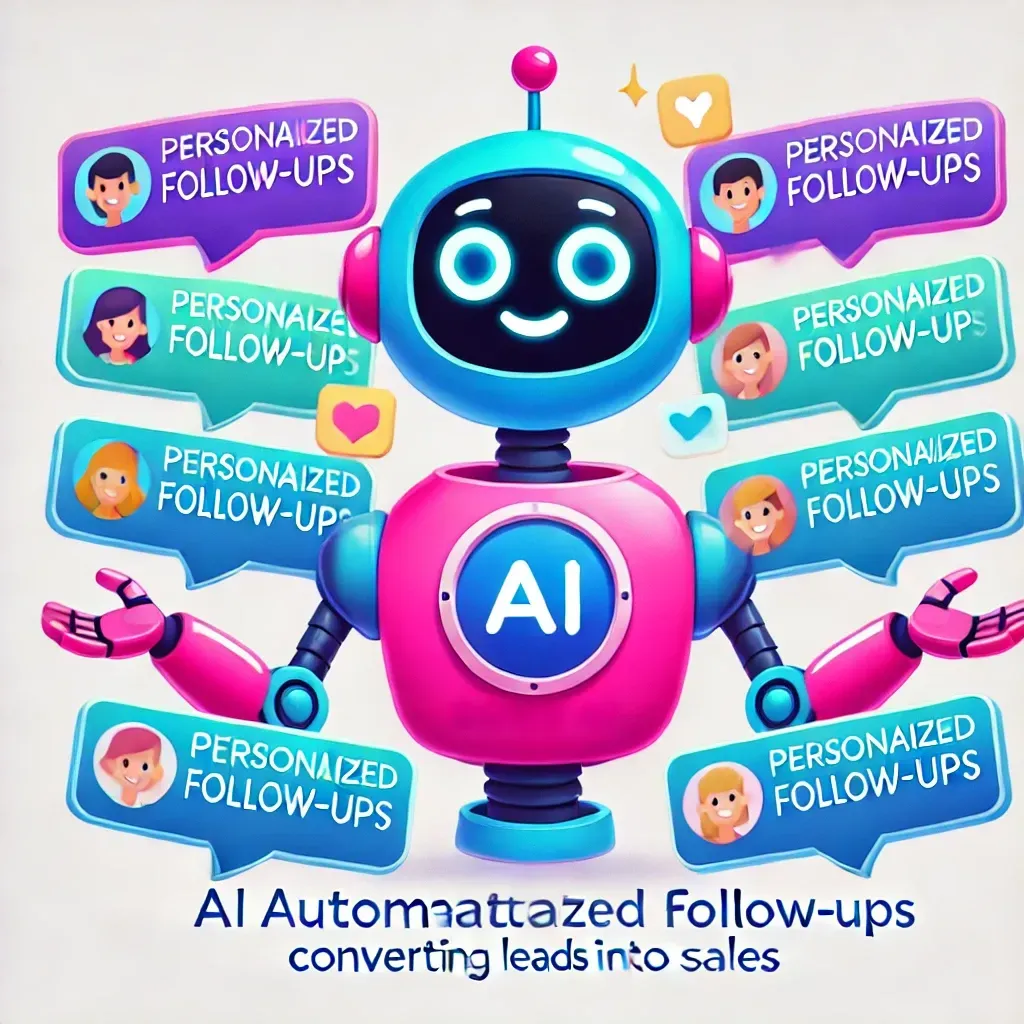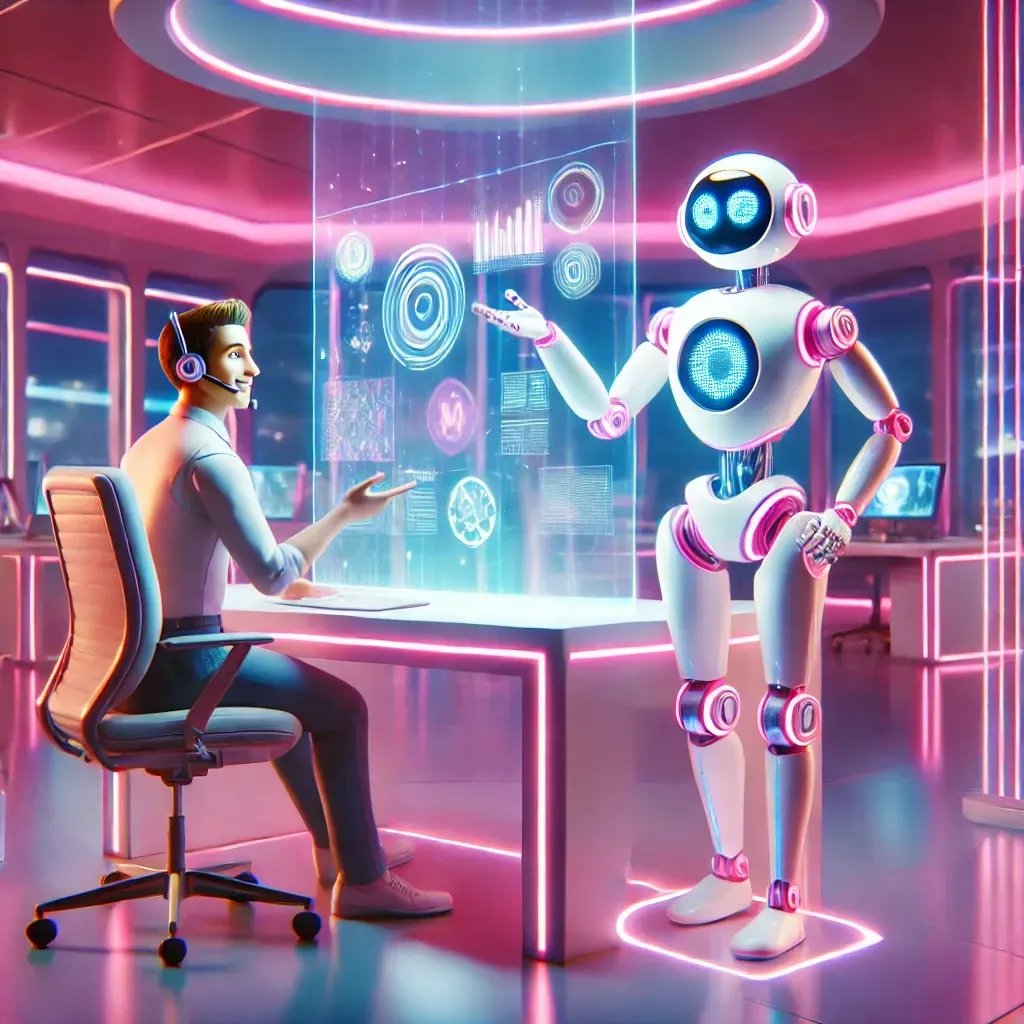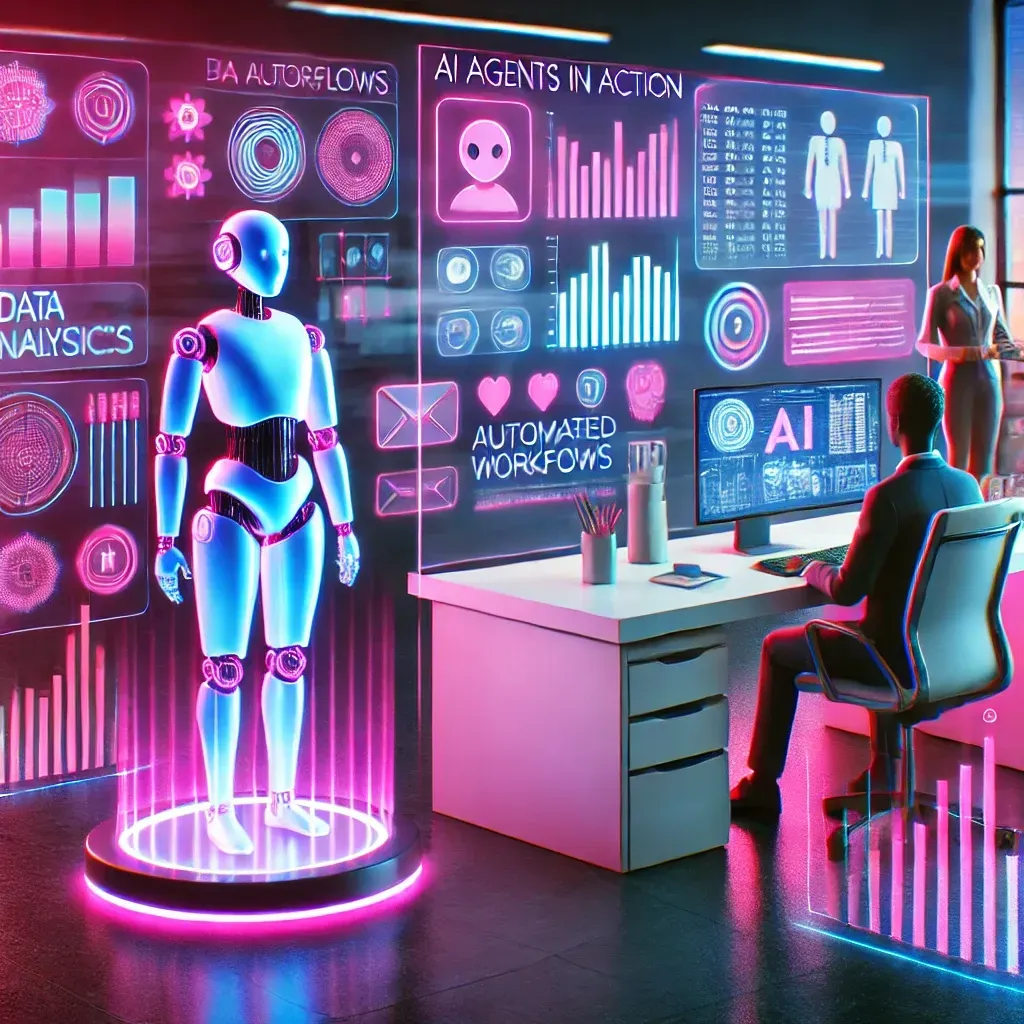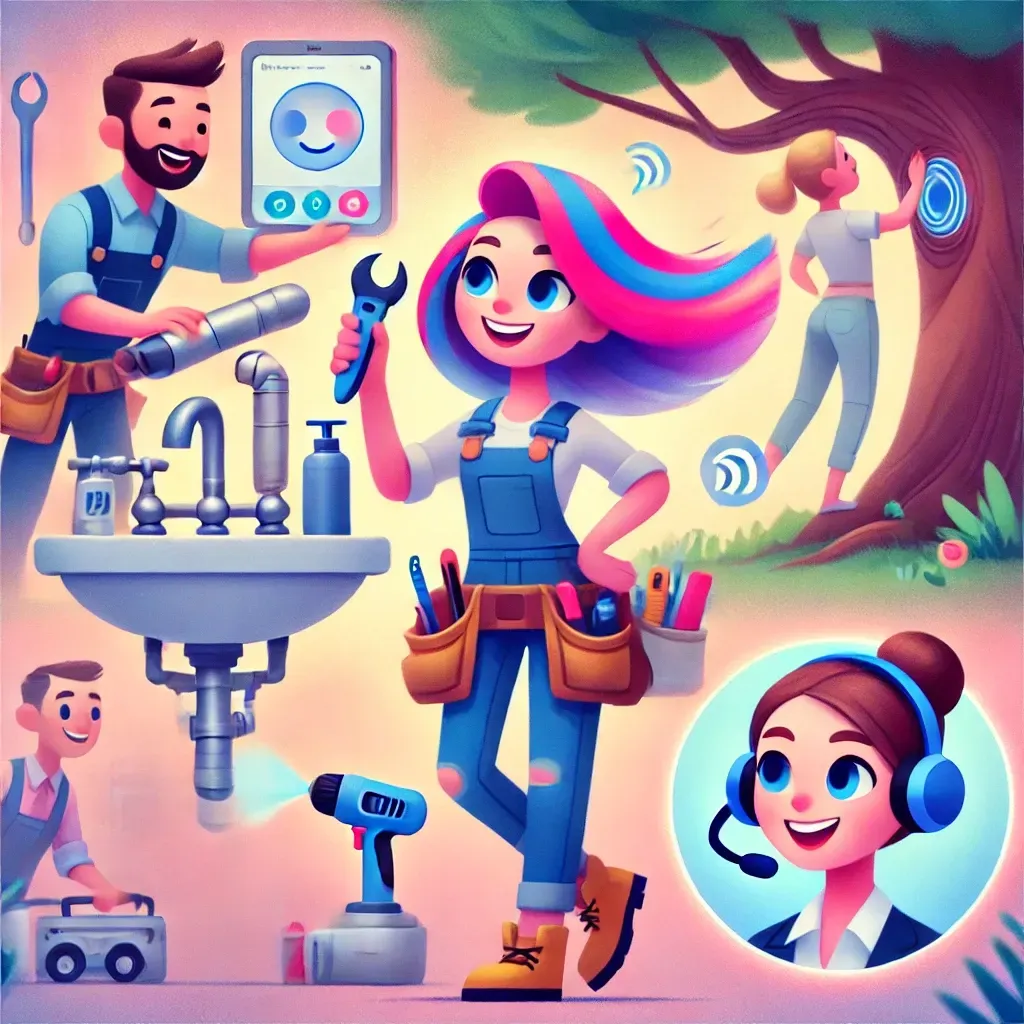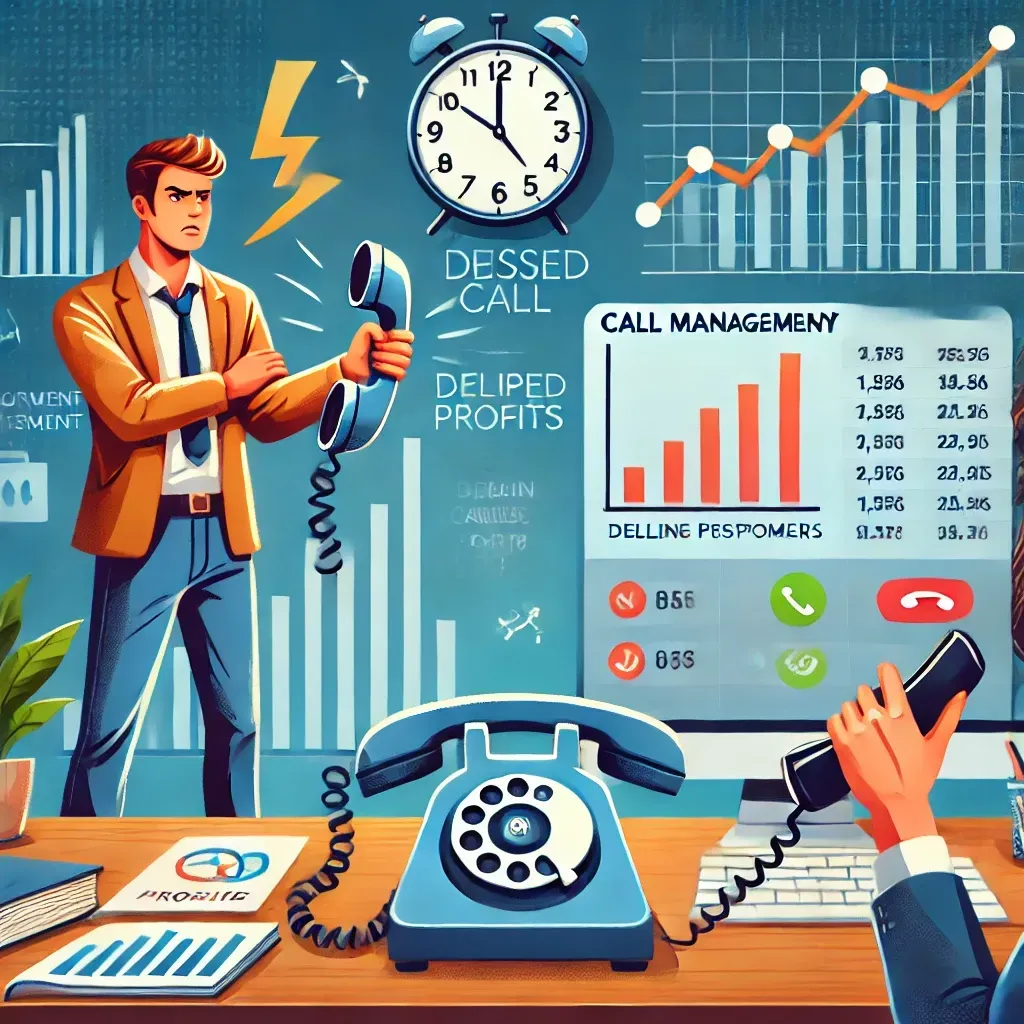AI Employees 101: What Are They and How Can They Transform Your Business?
The term “AI employees” might sound futuristic or complex, but these digital workers are already transforming businesses of all sizes. For small and medium-sized enterprises (SMEs), the rise of AI employees offers a chance to streamline operations, enhance customer service, and drive growth—without the overhead costs of hiring more staff.
In this guide, we’ll demystify AI employees, explain how they integrate into daily business operations, and share real-world analogies to illustrate their value.
What Are AI Employees?
At their core, AI employees are software programs powered by artificial intelligence (AI) designed to perform specific tasks traditionally handled by humans. These tasks can range from managing schedules and answering customer inquiries to processing invoices and analysing data.
Unlike traditional automation tools, AI employees can learn, adapt, and improve over time. They’re like a dedicated team member with endless energy, capable of multitasking and working around the clock.
Real-World Analogy: Meet Doris
Imagine Doris, a virtual receptionist. Doris isn’t a human, but she can:
- Answer customer calls and texts.
- Schedule appointments.
- Route inquiries to the right team members.
- Provide quick responses to frequently asked questions.
- Email onboarding customers
Doris doesn’t need breaks, works 24/7, and adapts to new challenges as your business grows. That’s the essence of an AI employee—efficient, reliable, and always ready.
How Do AI Employees Integrate into Everyday Operations?
AI employees are designed to fit seamlessly into your existing workflows, complementing your team rather than replacing it. Here’s how they can integrate into different aspects of an SME’s daily operations:
1. Customer Service
AI employees can handle customer inquiries through chatbots, email automation, and phone systems. They provide instant responses to common questions, freeing up human employees to handle more complex issues.
Example: An AI chatbot can assist a clothing store by answering queries like “What are your return policies?” or “Do you have this jacket in stock?”
Benefit: Faster response times improve customer satisfaction and retention.
2. Administrative Tasks
From scheduling meetings to managing data entry, AI employees excel at repetitive tasks that often consume valuable time.
Example: AI scheduling tools like Calendly & Doris can automate meeting bookings, considering availability and preferences.
Benefit: Employees spend less time coordinating and more time on strategic work.
3. Marketing and Sales
AI employees analyse customer behaviour, segment audiences, and personalise marketing campaigns. They can also generate leads and recommend follow-up actions.
Example: AI-powered platforms like HubSpot or High Level track customer interactions and suggest tailored email campaigns.
Benefit: Targeted marketing increases conversion rates and revenue.
4. Data Analysis
AI employees can process large volumes of data quickly and provide actionable insights, enabling better decision-making.
Example: AI analytics tools can monitor website traffic and recommend changes to improve user engagement.
Benefit: Data-driven strategies lead to higher efficiency and profitability.
5. Human Resources
AI can assist in recruitment by screening resumes, scheduling interviews, and even onboarding new hires.
Example: Tools like Workable use AI to identify top candidates and streamline the hiring process.
Benefit: Faster recruitment saves time and ensures you hire the right talent.
Why Are AI Employees Transformative for SMEs?
AI employees bring significant advantages to SMEs, including:
1. Cost Savings
Hiring and training human employees is expensive, especially for roles requiring 24/7 availability. AI employees provide the same functionality at a fraction of the cost.
Example: Instead of hiring a full-time receptionist, an SME could use an AI tool like Doris to handle calls, texts, and emails.
2. Scalability
AI employees grow with your business. Whether you need to handle more customer inquiries or process additional transactions, AI tools can scale without the need for additional hires.
Example: An online retailer can use AI to automate order confirmations and tracking updates, even during peak seasons.
3. Consistency
Unlike human employees, AI doesn’t get tired or make mistakes due to fatigue. This ensures consistent quality and reliability in operations.
4. 24/7 Availability
AI employees work round-the-clock, ensuring your business remains operational and accessible even after office hours.
5. Enhanced Customer Experience
By providing faster and more accurate responses, AI employees improve customer satisfaction, fostering loyalty and long-term relationships.
Addressing Common Misconceptions About AI Employees
While the benefits of AI employees are clear, some SMEs remain hesitant due to misconceptions.
Let’s address a few:
1. “AI Employees Will Replace My Team.”
AI employees are not meant to replace human workers but to complement them. By handling repetitive tasks, AI allows your team to focus on high-value, creative, and strategic work.
2. “AI Is Too Expensive for My Business.”
AI tools are becoming increasingly affordable and accessible, with many platforms offering subscription-based pricing. Even small investments in AI can yield significant returns.
3. “AI Employees Are Too Complicated to Use.”
Modern AI tools are user-friendly and require minimal technical expertise. Most solutions come with step-by-step onboarding processes and customer support.
How to Get Started with AI Employees
Integrating AI employees into your SME is easier than you might think. Here’s how to get started:
1. Identify Pain Points
Determine which tasks are consuming the most time or causing bottlenecks in your operations. These are ideal areas to introduce AI employees.
2. Choose the Right Tools
Research AI solutions tailored to your industry and needs. For example:
- Customer service: ChatGPT, Doris.
- Marketing: HubSpot, Mailchimp, Doris.
- Administrative tasks: Calendly, Zapier, Doris.
3. Start Small
Implement one AI employee at a time and monitor its impact. Gradually expand usage as you become more comfortable with the technology.
4. Train Your Team
Educate your team on how to work alongside AI employees. Emphasise collaboration rather than competition.
The Future of AI Employees in SMEs
AI employees are no longer a futuristic concept—they’re a practical solution available today. As AI technology continues to evolve, SMEs can expect even greater capabilities, from predictive analytics to advanced personalisation.
By embracing AI employees, SMEs can achieve:
- Increased efficiency.
- Cost savings.
- Improved customer satisfaction.
- Sustainable growth.
Conclusion
AI employees are transforming the way SMEs operate, making advanced technology accessible and impactful for businesses of all sizes. Whether it’s a virtual receptionist like Doris or an AI-driven marketing assistant, these tools enable SMEs to work smarter, not harder.
For SMEs looking to stay competitive in a fast-paced world, the question isn’t whether to adopt AI employees—it’s how soon you can start reaping the benefits.
All Rights Reserved | Get Doris

